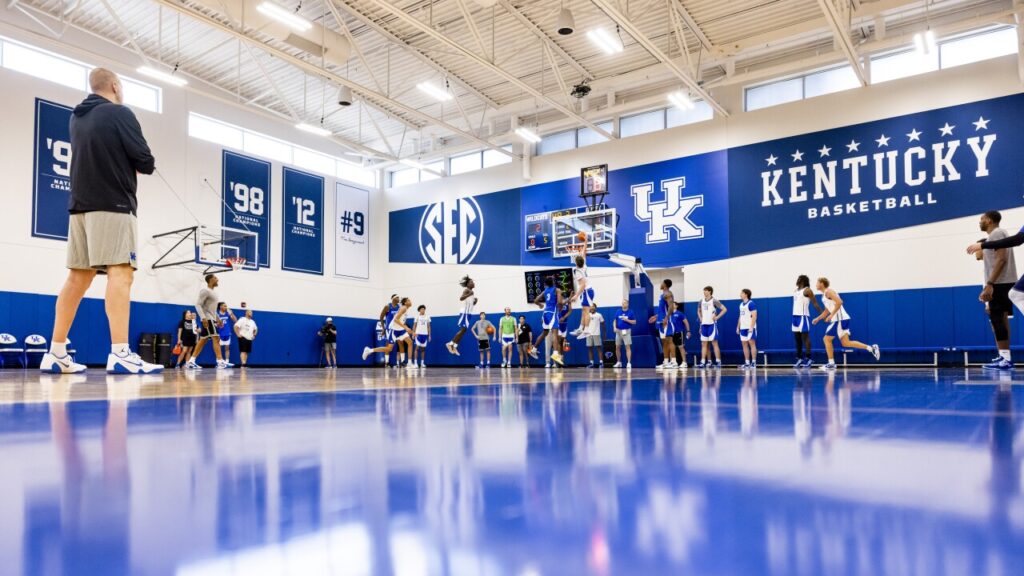Big 12 Transfer Stands Out in Pope’s System, Outshining Returning Guard
In early practice sessions under Coach Pope, a highly‑rated guard transfer from the Big 12 has rapidly captured attention—not just for his athletic upside, but for outpacing the returning upperclassman during both drills and film analysis. This emerging trend highlights exactly the kinds of traits Pope emphasizes in his system: defensive positioning, decision‑making speed, and basketball IQ.
On‑court performance
From day one of padded practice, the transfer consistently locked in defensively—cutting off driving lanes, maintaining gap integrity, and engaging early in help rotations. According to practice attendees, his “footwork is polished—head and shoulders above expectations.” That defensive awareness, often lacking in new systems, has set him apart immediately.
On offense, the transfer reads the game ahead of the returning guard. During 5‑on‑5 sessions, he anticipates passing lanes and swinging double‑teams. When given the ball above the break, he doesn’t hesitate, making quick splits or firing accurately to open teammates—an intuitiveness Pope has long preached.
In film sessions
Perhaps even more telling is how the transfer lights up in film study. Rather than replaying his own mistakes frame by frame, he’s always one step ahead—providing context for opponents’ strategy, discerning how even small shades of defender alignment reveal intent. Coaches observe that he consistently points out when a defender is vulnerable on his right, or how a switch might free him. The returning guard, while solid, has been reacting in film—pausing to think, rather than proactively diagnosing.
They’ve joked among themselves: the transfer rewinds the clip before it even runs. That level of both attention to detail and anticipation aligns seamlessly with Pope’s long‑standing emphasis on cerebral play.
✨ Why it matters for Pope’s system
Pope’s approach refuses to tolerate passive play. He’s built programs around positionally disciplined, mentally engaged athletes. He challenges guards to be meta‑players: not just playmaker X, but coach‑in‑real‑time, reading and reacting dynamically. Having a guard who already defends instinctively and processes drives with clarity fits exactly into that mold.
Moreover, Pope often believes leadership is tied to competence. A guard who can calmly control pace, break down help schemes, and instruct teammates becomes a natural point guard in his system. That transfer already speaks with confidence during scrimmages, not arrogantly, but as a guide on the court—this is rare in early team integration.
Impact on the returning guard
All of this doesn’t mean the returning guard isn’t talented. He brings institutional knowledge, chemistry, and familiarity with Pope’s drills. But for now, he’s being pushed: both players rotate the first and second units, and practice reps are earned by execution, not seniority. The returning guard is expected to respond—tighten defense, elevate his reads, bring sharper detail to film sessions. As one coach put it, “He’s leaned in. That’s exactly the kind of response we want.”
Outlook
If the transfer continues to outperform in positioning and decision‑making speed, Coach Pope may lean heavily into using him as his lead guard early in non‑conference play. That would create a louder internal competition: can the returning guard raise his level? Will Pope adjust rotations?
Ultimately, the current backcourt battle reflects the healthy dynamism Pope cultivates—an environment where the best player plays, not the longest‑tenured. If that philosophy leads to a newer, faster guard(s) running the show, that might just be the best news for the team’s Big 12 future.

